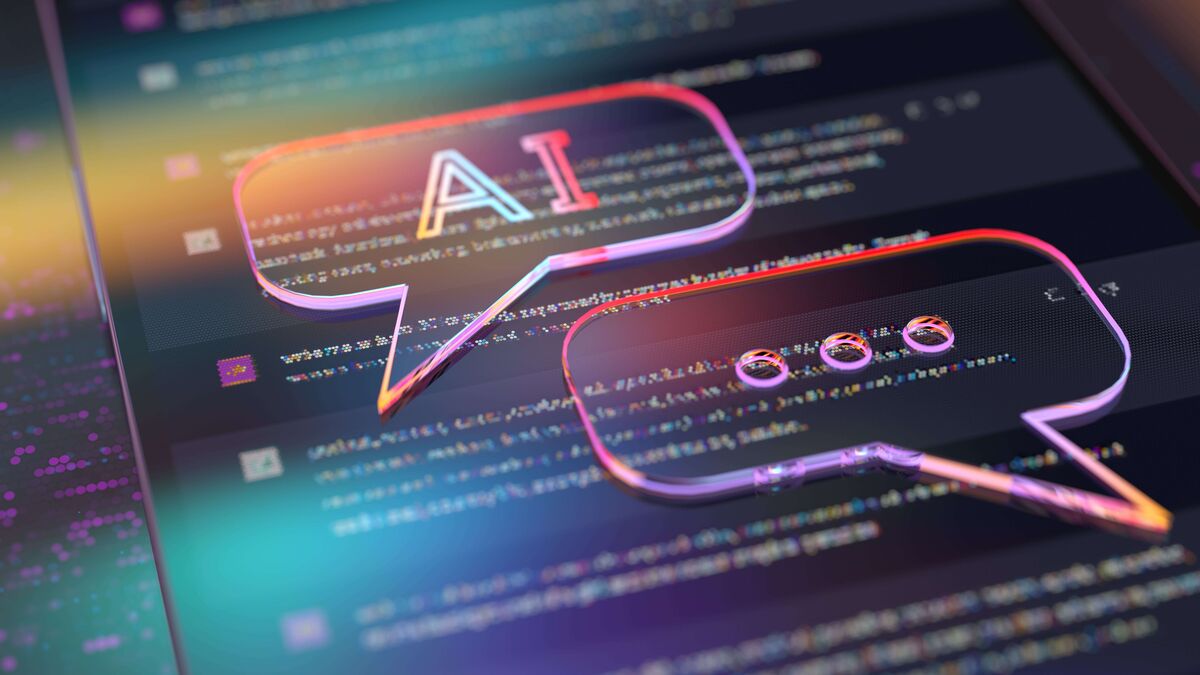Analytical Thinking is the No. 1 Core Skill Employers Want, Here's Why

As a working mom, I often find it’s hard to remember, well, just about anything. Between cleaning out backpacks, food shopping, and generally trying to run a household while maintaining a full-time job, it’s a miracle I remember anything. I find I must write things down to remember them, so I’ve become a professional list maker in addition to my other professions.
Pro tip/life hack: the Google Keep app will help you create any list you need that can dynamically sync with other accounts. We save our grocery list in Keep so anyone in the household can add to it, and we use the app to tick off items as we shop – no paper!
Given that the details of our busy lives are hard enough to keep track of, how do you remember what you’ve learned from the courses you take or the books you read? It’s so important to maintain an active passion for learning, but how much of that learning do you really retain? To draw on my example above, if making lists is essential for remembering the details of my day-to-day, is there an equivalent strategy to help us remember things we’ve learned?
Luckily, technology can help us to retain new information just like it can help us manage our busy lives. Especially when that technology is combined with tried-and-true learning techniques to help us remember. Distributed practice, practice testing, retrieval practice, interleaved practice, teach-a-friend, and reflection are all elements that help a learner to improve their knowledge retention. In fact, according to the Hermann Ebbinghaus’ forgetting curve, we lose up to 90% of learned knowledge in just 30 days if we don’t try to reinforce our learning and remember the key elements of lessons.
When we consider ways to remember facts and knowledge, we can think back to our school days and all the learning vehicles used to study for a test. To name just a few:
Is there a way with technology to combine learning vehicles and learning techniques to help us remember? In fact, there are many apps out on the market today designed to help with exactly this. These apps let you create your own quizzes, flashcards, notes — you name it — to customize your learning experience to your needs. However, these approaches require time and attention from the learner to curate the experience themselves, so the learner must be invested in their own learning reinforcement to use these effectively.
As adult learners in a busy world, what if the learning platform you use could instead remind you about what you learned without any work on your part to set it up? Nothing is added to your ‘To Do’ list, you are simply reminded to revisit what you learned after you take a course. This is the simple approach we took for our Learning Reinforcement feature — now available on Skillsoft's Percipio platform. One that requires no ‘work’ on the side of the learner or on the side of the admin.
We have found a way to package a learning vehicle with learning techniques to help you remember what you learned. You get reminders about what you learned and an experience where you can interact and dive back into the topics you find the most challenging. All on your mobile device, from wherever you are.
We researched various learning techniques to incorporate into this feature — here is a bit about them:
To sum it all up, the cornerstone of our Learning Reinforcement feature is based on the Four R’s: Retrieve, Recall, Reflect, and Refine — where we package up all these learning techniques into an effort-free experience to help you remember what you learned.

Have you ever gone to do something and forgotten what you were going to do, perhaps because you were thinking about 10 other things at the same time? When we multi-task and have multiple facts and figures thrown at us that we’re expected to memorize, it’s easy to forget. Without the ability to focus and concentrate on something, it just becomes too much for our brains to process. In a pandemic world, add on stress and anxiety and additional duties, and you have a recipe for disaster when trying to retain information.
Here are 4 things you can do to increase your retention:
Everyone learns differently and as a learner or as a learning administrator, it’s hard to have a one-size-fits-all solution. But one thing remains true — without reinforcing our learning, we are losing most of it over time. The combination of learning techniques and technology will help anyone to retain knowledge, but it’s not a silver bullet. There are things everyone can do to help themselves remember more and remember longer based on the tips provided above. Next time you find yourself learning something new, remember these techniques — you just might find that it helps you remember more, and to help you remember for longer.

